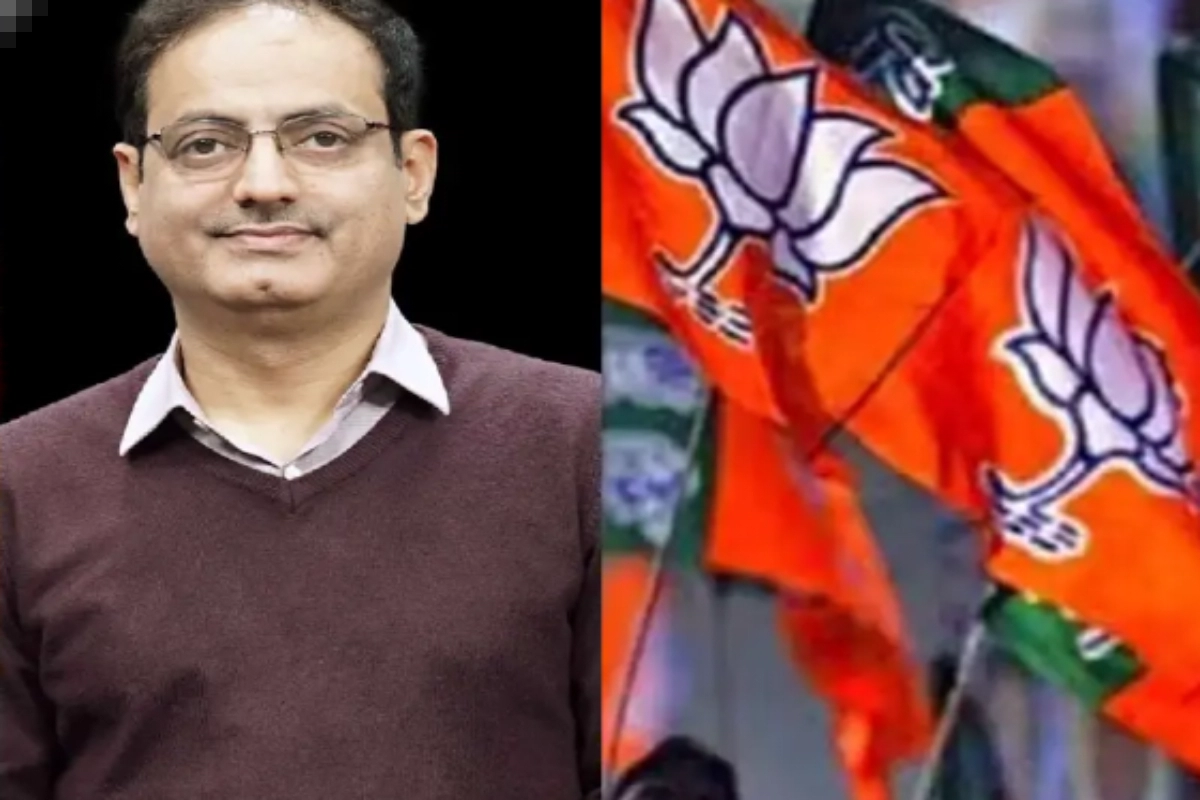Vikas Divyakirti Viral Video: Dr. Vikas Divyakirti is a civil servant, teacher, writer, and erstwhile famous YouTuber who recently did a revealing podcast with Smita Prakash of the news agency ANI. He took out time to explain the unexpected defeat of the BJP at the Faizabad (Ayodhya) Lok Sabha constituency.
Divyakirti’s Breakdown of Faizabad Constituency
Divyakirti examines at length the demographic and political dynamics of the Faizabad constituency. His view is that the electoral results here were determined primarily by the voting pattern of the entire host of communities—the OBCs, Dalits, and Muslims. According to him, all these groups supported the SP, and this tilt made a difference in the voting pattern. The SP move of fielding a Dalit candidate, Awadhesh Pasi, was one of the most crucial factors for garnering wide mass support across the constituency.
He said that in his comment, Divyakirti pointed out that while referring to Faizabad where backward classes, Dalits, and Muslims add up to almost 60% of the population, it is he—Pasi—who pooled the lion’s share of this vote, thereby winning SP victory not only in Faizabad but also in neighboring districts like Ambedkarnagar, Basti, and Shravasti.
The Role of Dalit and OBC Vote Consolidation
Divyakirti also alluded to the broader political sentiments at play in this election. He said the verdict had been influenced a great deal by the strong aversion of the Muslim community toward the BJP. “Muslims hate BJP, and everyone knows that,” said Divyakirti, underlining that sense of disenchantment among Muslims against the ruling party. This, with the successful consolidation of the Dalit and OBC votes, made for a very formidable challenge to the BJP.
One of the major planks of Divyakirti’s analysis was the controversial remarks of BJP’s candidate from Faizabad, Lallu Singh. Singh’s advocacy for changes in the Constitution, which he stressed during his campaign, became a poll issue in the constituency. Divyakirti suggested that this stance may have alienated voters and contributed to the defeat of BJP. The fast spread of the problem in Faizabad and the areas surrounding it only made matters worse by pitting the feelings of voters against the BJP.
Implications for Broader Political Trends
Divyakirti’s insights are invaluable in peeling back the layers of the electoral dynamics at work in Faizabad and extend an incisive explanation for the defeat of the BJP within this key constituency. His analysis underlines how demographic factors, political strategies, and public sentiments together intertwined to shape recent electoral results in these constituencies. As the political landscape continues to evolve, analyses such as these add valuable perspectives to understand the shifting tides of Indian politics.
